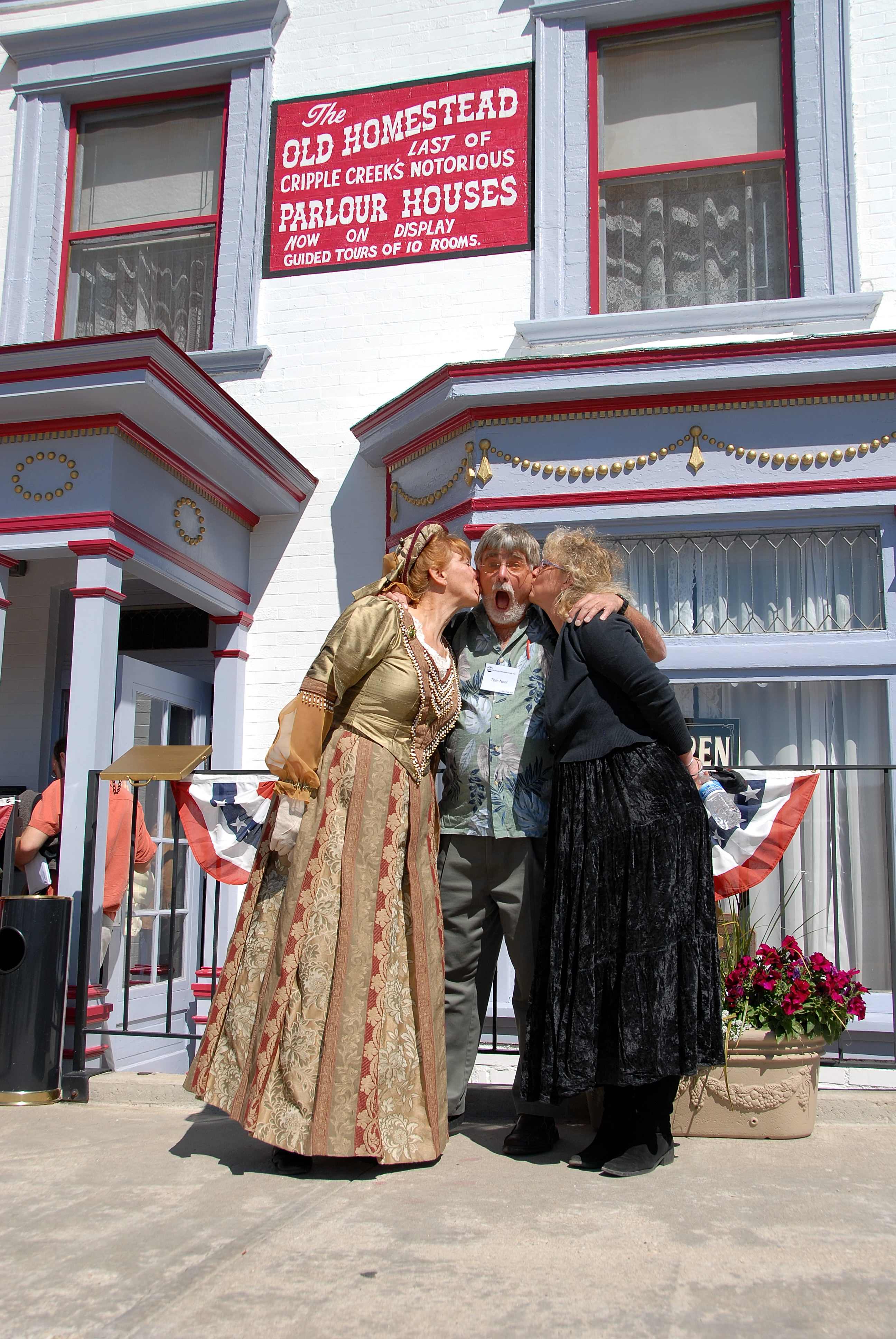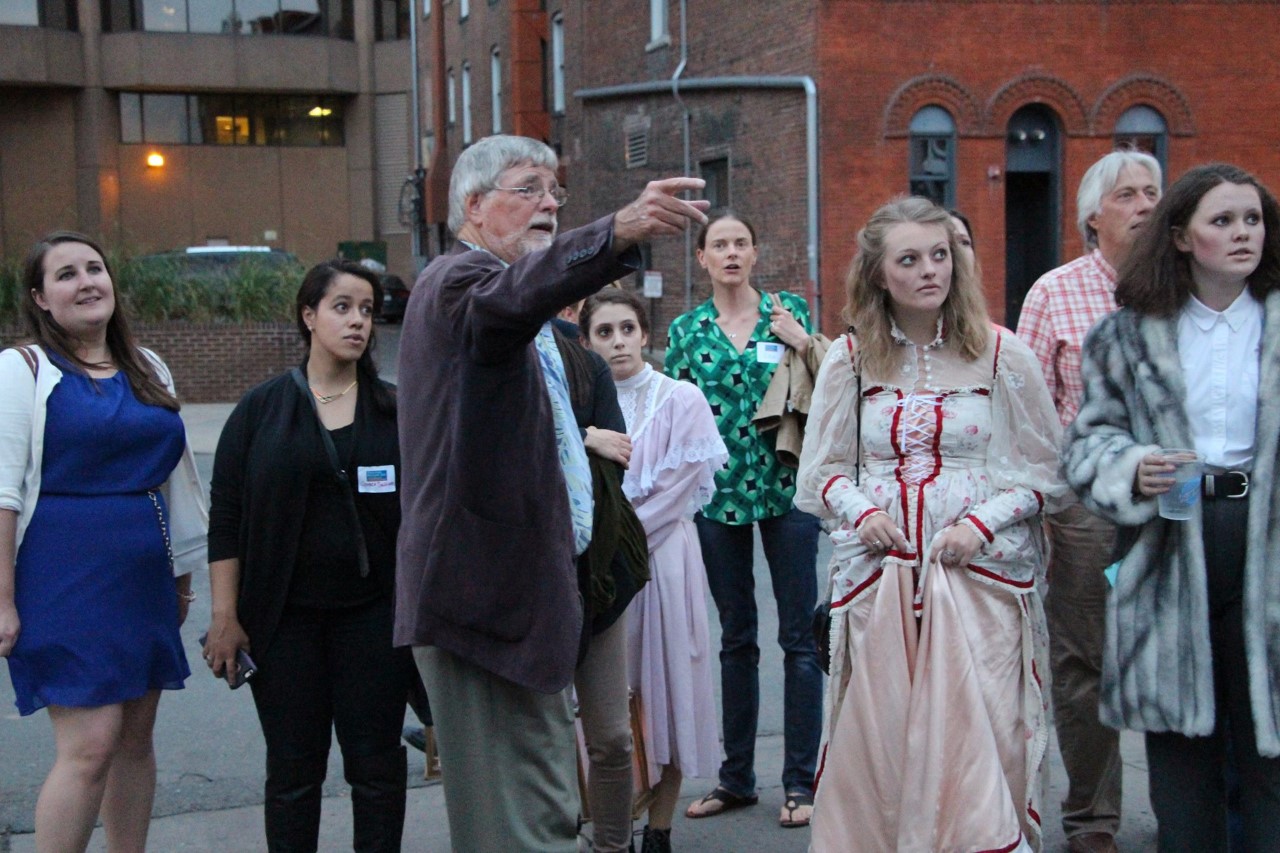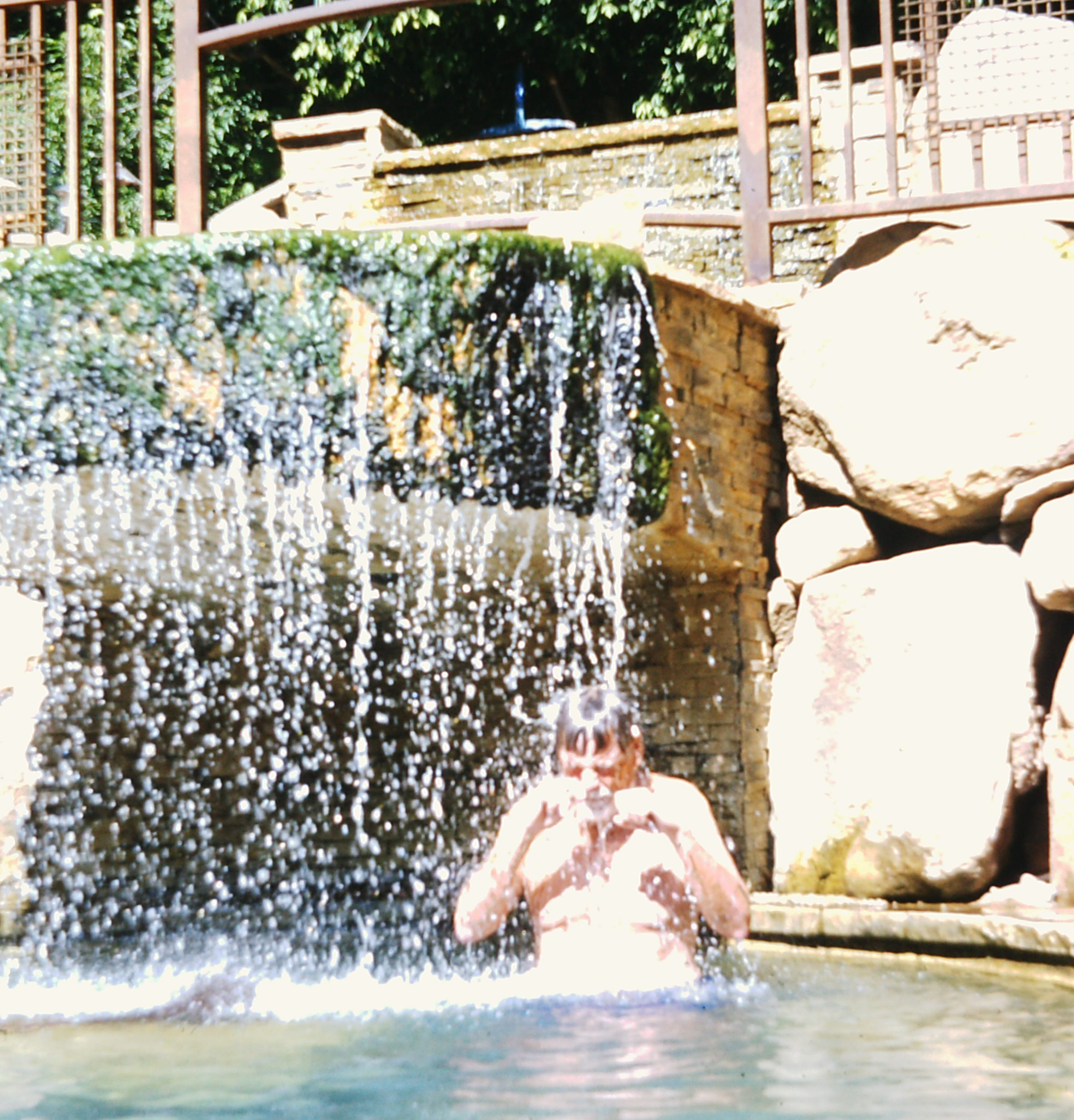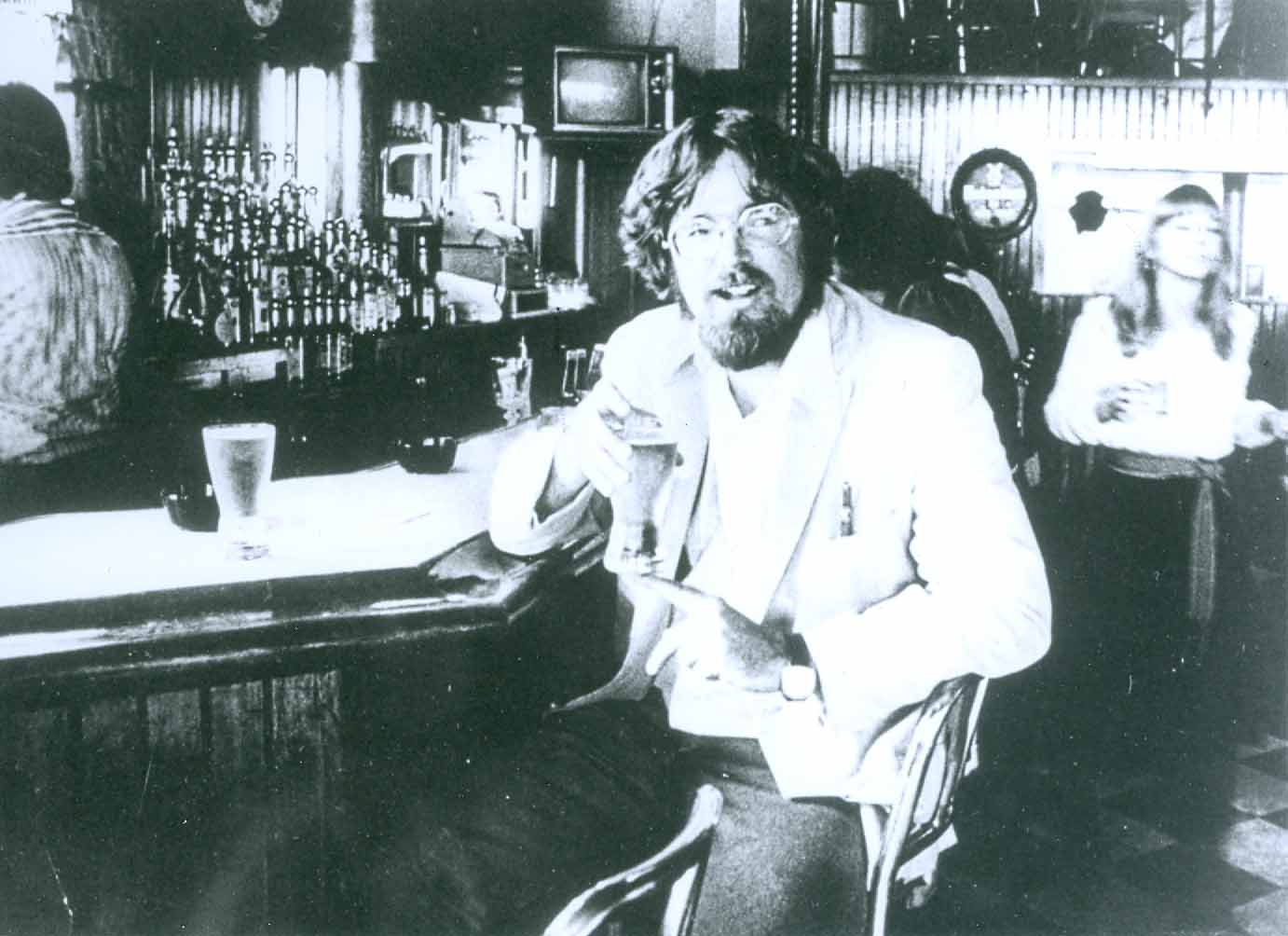
Story
Why I Love Colorado
In preparation for Colorado Day on August 1, we asked each member of the State Historian’s Council to reflect on what “our beloved Colorado” means to them. There are so many reasons to love Colorado that it’s hard to keep count, but “Dr. Colorado” Tom Noel shares his top ten.
1. Rideable Railroads.
Of the one hundred–odd railroads once straddling Colorado, most are gone. A few have been revived providing a leisurely, scenic alternative to ever more crowded highways. Among the most notable:
Amtrak has revived three of the nation’s most scenic lines: The California Zephyr through Colorado showcases the Rockies and California’s Sierra Nevadas, while the Santa Fe’s Southwest Chief rambles through Southern Colorado on its way from Chicago to Los Angeles, and the fabled Ski Train connects Denver to Winter Park Resort.
The Cumbres & Toltec Scenic Railroad is America’s highest and longest coal-fired narrow gauge train. Going from Antonito, Colorado, to Chama, New Mexico, it accentuates Colorado’s San Juan Mountains.
Also coal-fired, the Durango & Silverton Narrow Gauge Railroad has been operating ever since its 1882 opening.
The narrow gauge train of the Georgetown Loop Historic Mining & Railroad Park® began running in 1884 and re-opened in 1894 in the Georgetown and Silver Plume historic silver mining district.
The Leadville Colorado & Southern Railroad climbs from the highest and wildest and richest of Colorado’s silver cities to Fremont Pass.
Travellers on the Royal Gorge Route Railroad journey from Cañon City through the Royal Gorge of the Arkansas River.
2. National Parks. Five of America’s sixty-two National Parks are in Colorado:
Rocky Mountain is the nation’s third most visited National Park, featuring the spectacular Trail Ridge Road climbing over the Continental Divide.
Mesa Verde, the first US place to be designated by UNESCO as a World Cultural
Heritage Site, celebrates the architectural and cultural achievement of prehistoric Native Americans.
Great Sand Dunes is the nation’s highest dunes complete with a stream and mountain backdrop of the Sangre de Cristo Range.
Black Canyon of the Gunnison is a geologic marvel carved by the Gunnison River.
3. Highest State. With an average elevation of about 6800 feet and fifty-four mountains over 14,000 feet, Colorado is the highest state—although that term was dropped during the war on drugs. Speaking of which, Colorado re-earned that moniker when it became the first state to legalize recreational marijuana in 2012. Around the same time, John Denver’s “Rocky Mountain High” became an official state song.
4. Civil Rights. Colorado is a national leader in many ways. It granted the vote to women in 1893, became the first state to legalize a woman’s right to abortion in 1967, approved an Equal Rights Amendment to the State Constitution in 1972, legalized gay marriage in 2013, and elected one Latino and two Black mayors in majority-white Denver. With women comprising forty-two percent of the state legislature and the nation’s first gay governor, Colorado has overcome many biases of the past.
5. Historic Preservation. Thanks largely to History Colorado’s State Historical Fund, Colorado leads the nation in funding historic preservation. Some $300 million has been spent on preservation projects in all sixty-four counties. The state has more than two thousand designated National and State Register landmarks. Denver is a national pacesetter with more than fifty-six historic districts and more than 340 designated landmarks. Historic Districts have helped transform once-blighted areas such as central Denver into thriving neighborhoods.
6. Mountain Views. No matter how wretched our lives may be or how badly the Broncos lose, there is no charge for our million-dollar view of the snowcapped Rockies. Just resting your eyes on the spectacle can uplift even the most troubled soul.
7. Easy Escape. When Coloradans grow weary of congestion, smog, noise, and too many vehicles and people, escape is easier than from most urban areas. An hour’s drive or less from the Front Range gets you out to the lonesome prairie or on some uncrowded mountain trail. This is growing less true, of course, with the current influx of a thousand or more new Coloradans every day.
8. Relatively Honest and Effective Government. At least by comparison with many states and big cities or even with Colorado’s more corrupt early years (see Ben Lindsey’s exposé, The Beast, to see how rotten the system was in 1904 when Colorado had three governors in one day). In 1910, Colorado became one of the first states to enact the Initiative and Referendum Law allowing a popular vote on recalling officials and on introducing legislation for a popular vote when a corrupt or inept legislature fails to act.
9. The Stock Show. No matter how new and slick many parts of the state become, we have one reminder of the cowboy and cowgirl past. The National Western Stock Show has been the state’s longest (sixteen days) and most popular (over six hundred thousand visitors) attraction for more than one hundred and ten years.
10. Cool Tap Water. Colorado’s water comes from snow melt, making it cool even in the heat of summer. As my grandmother used to say, “Colorado’s water is water that only the angels have drunk before, not the downstream beverage others swallow.” For that matter, Colorado’s cool, dry champagne air is air that only the angels have drunk before.
Photos courtesy of Tom Noel Collection




